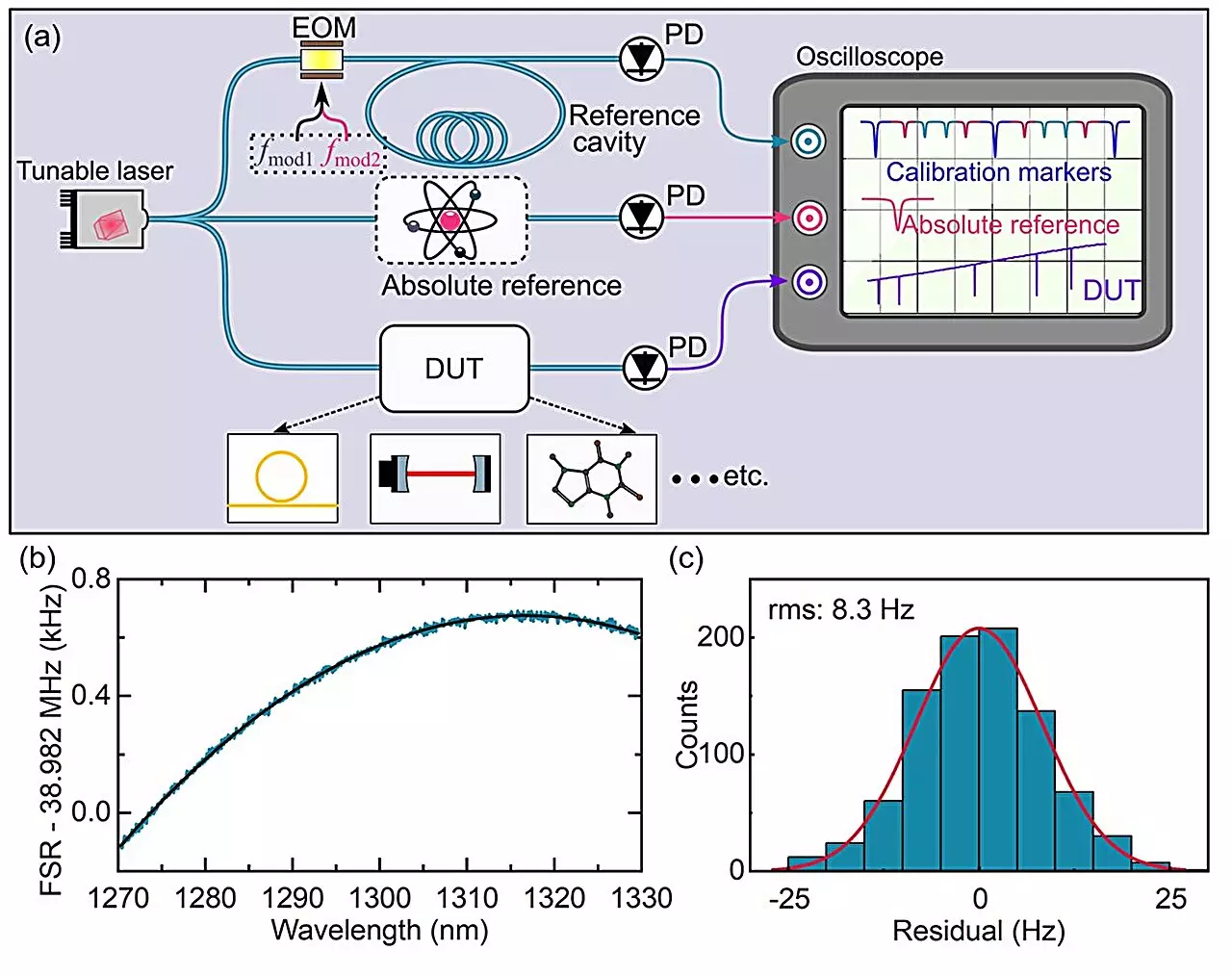Laser spectroscopy has revolutionized the way we study atoms and molecules since its inception in the 1960s. With advancements in laser technology, the capabilities of laser spectroscopy have been further enhanced. There are two main types of laser spectroscopy: frequency comb-based laser spectroscopy and tunable continuous-wave (CW) laser spectroscopy.
While frequency comb-based laser spectroscopy offers precise frequency measurements, it also comes with its drawbacks. One major challenge is the low power per comb mode, making the detection of trace gases difficult. Additionally, the gaps between the comb modes require additional techniques for measuring narrow spectral features. High-precision measurements also demand complex stabilization systems for long-term coherence of comb sources.
Advantages of Tunable CW Laser Spectroscopy
Tunable CW lasers offer high photon flux, long interaction paths, and frequency agility, making them ideal for molecular spectroscopy and gas sensing applications with high signal-to-noise ratios. Despite these advantages, fluctuations in laser frequency scan speed have been a common issue with these systems.
A New Approach: Comb-Calibrated Tunable Laser Spectroscopy
Researchers at the Max Planck Institute for the Science of Light have developed a new, straightforward broadband spectroscopy method with Hz-level precision using a tunable laser. This innovative technique involves on-the-fly calibration of the laser frequency using a fiber cavity and a dual radio frequency (RF) modulation technique. By precisely tracking the sweeping laser’s color at every point in time, calibration markers are established to measure optical frequency distances between spectral features with ultra-high precision.
Advantages of the New Method
This new method offers several advantages over existing techniques. The researchers were able to measure minuscule deviations in the free spectral range of a fiber loop cavity with sub-10-Hz precision over an 11-THz frequency range, representing a significant improvement. The measurement speed of 1 THz/s was limited only by the reference cavity’s linewidth. Compared to frequency comb-based spectroscopy, this technique provides higher optical probe power, better spectral flatness, and improved polarization stability.
The new method has a wide range of applications, including the characterization of spectral features in integrated photonic devices, measuring the molecular absorption spectrum of gases with unprecedented precision, and calibration of astrophysical spectrometers. Due to its simplicity and robustness, this method is suitable for use in out-of-lab environments, such as LIDAR systems, 3D imaging, open-path trace gas sensing, and more.
The future of laser spectroscopy lies in innovative approaches like the comb-calibrated tunable laser spectroscopy developed by researchers at the Max Planck Institute. With its high precision, simplicity, and applicability to a wide range of fields, this new method is poised to revolutionize the way we study atoms, molecules, and beyond.


Leave a Reply